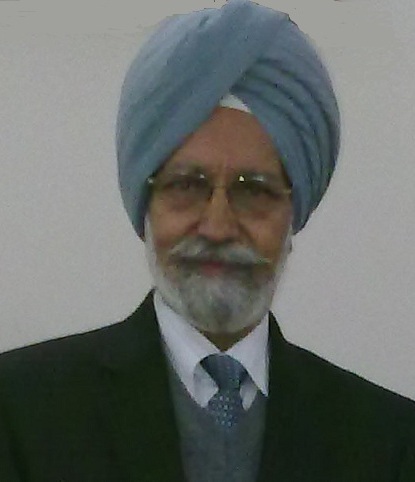Erroneous UTC Maintained by Timing Labs due to Mix-Up between
Relativistic and Absolute Time
Year: 2013 Pages: 10
Keywords: relativistic, absolute, e-synchronization, time transfer, isotropic
In Relativity the Newtonian notions of absolute motion, absolute time, and absolute reference frame have been replaced with relative motion, relativistic time, and inertial reference frames in motion. Relativity is essentially rooted in the assumed isotropy of light speed in earth centered inertial (ECI) reference frame. Under the current procedures of satellite based time transfer, due to the assumed isotropy of light speed in ECI frame, an e-synchronous or relativistic time gets distributed to the master clocks of Timing laboratories located all over the globe. That is, the master clocks in all Timing Labs get e-synchronized instead of achieving absolute synchronization. It is erroneous to compute UTC from the weighted average of relativistic time maintained by these master clocks. The absolute synchronization mismatch between two e-synchronized clocks is given by the relation (D.U)/c^2, where D is the separation distance between the two clocks and U is the absolute velocity vector (unknown) of the earth. This absolute synchronization offset between the master clocks at two distant Timing Labs can be physically measured with an appropriate portable clock and such measurements can be used to determine the unknown absolute velocity U of earth. By incorporating the absolute velocity U in the time transfer software, we can account for the anisotropic speed of light in the ECI frame and thereby ensure the distribution of absolute time to different clocks all over the globe. In that case it should even be possible to achieve absolute synchronization in space clocks in deep space flights.


